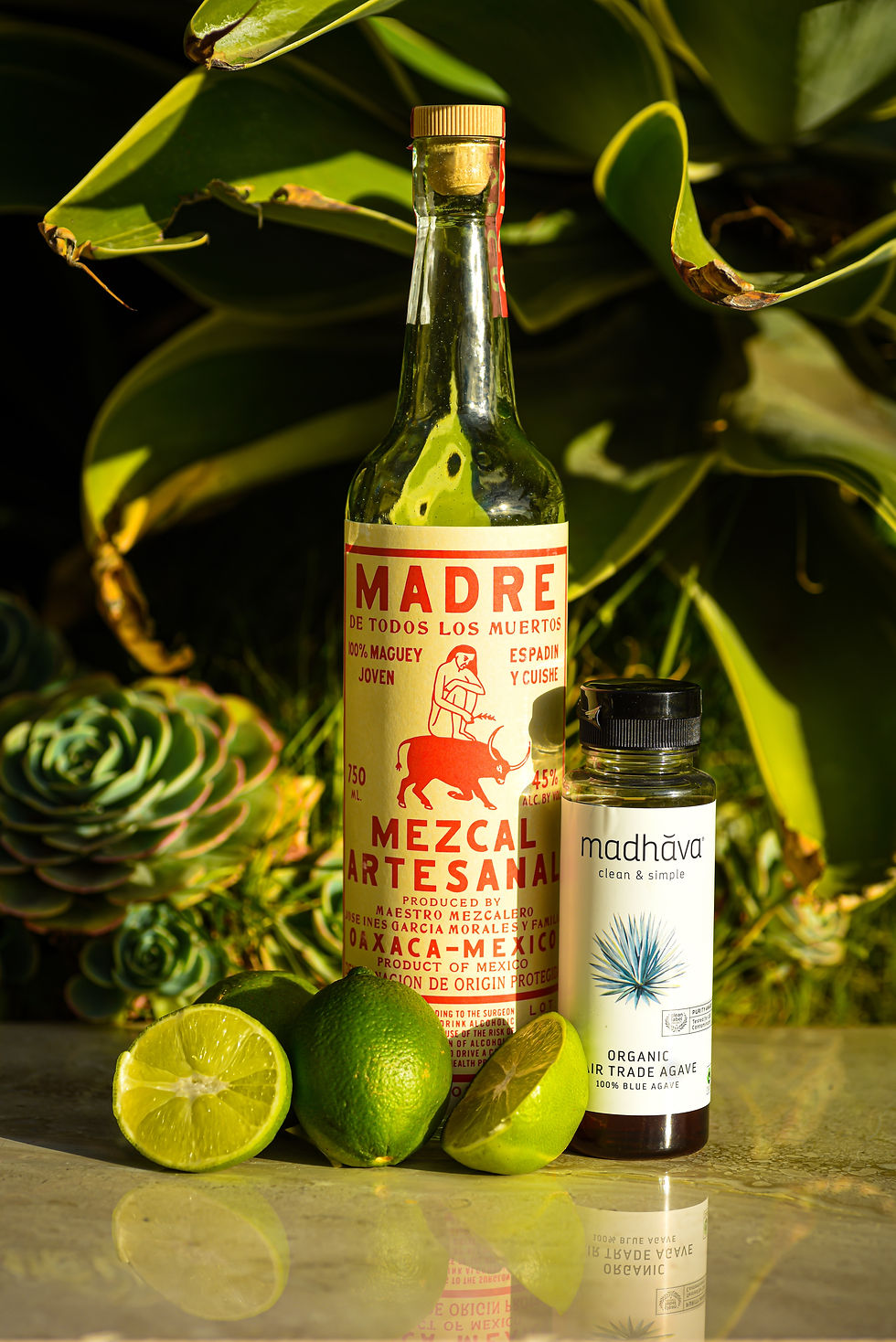Cosmopolitan 'Worms'
- Virginia Thomas

- Nov 11, 2023
- 4 min read
Updated: Jul 28
On the Animal Turn, Claudia Hirtenfelder and Angie Pepper spent a long time discussing what being cosmopolitan means. Claudia was very honest in saying that prior to encountering 'cosmopolitics' with Angie, her personal understanding of cosmopolitanism simply related to those who live in cities. I have my own association of the cosmopolitan with cocktails! The cosmopolitan’s a famous cocktail and I wanted to be a bit playful with this animal highlight by thinking about an animal in relation to an alcoholic drink and then more seriously relate this to what Angie was talking about with respect to cosmopolitanism and multispecies justice.
So I want to talk about the tequila worm – the ‘worm’ that’s sometimes found in a bottle of tequila.
There’s so much to say here but the first thing to say is that the tequila worm isn’t a worm. The tequila also isn’t tequila but we’re not here to do a drinks highlight we’re here to do an animal highlight: so we won’t go into the tequila / mezcal question, we’ll focus on the worm, or rather the caterpillar, because what people are actually referring to when they refer to the ‘worm’ is a caterpillar. To be even more confusing the caterpillars found in tequila are called red maguey worms, so something which we might usually think of as a caterpillar (because it’s the larvae of a moth) we actually call a worm.
Caterpillars and worms are different species. Worms are invertebrates and there are lots of different kinds, including earthworms and parasitic worms like roundworms and flatworms. Caterpillars are insects but, the maguey worm isn’t the only caterpillar to be called a worm, there are quite a few, a common one is the inch worm.
Red maguey worms live in North America where they feed exclusively on the agave plant from which tequila (or mezcal) is made. There’s also another caterpillar which eats this agave plant - the white maguey worm. But while maguey worms eats the agave plant, they in turn are eaten by people.

If we think about the idea of cosmopolitanism and interspecies justice, which Claudia and Angie discussed on the podcast, we might think of eating these worms as the first breach of justice. People consider them a food animal and turn them into a commodity. As such, we might think about justice for the red maguey worm as involving moving from a system where they’re eaten to one where they’re granted rights to not be exploited by humans. Angie pointed out, however, that, when considering multispecies justice, in some cases where people are reliant on animals for their subsistence, either for food or labour, a transition period might have to be considered where human exploitation of animals is phased out gradually rather than stopped abruptly since a sudden change could result in considerable disadvantage to people, possibly even constituting a breach of their rights.
But the red maguey worm isn’t only exploited as a food source. In a case of metamorphosis (and we’ll come on to its lifecycle in a minute), it’s morphed from a valuable food source into the ‘tequila worm’. And this change is a further commodification of the red maguey worm and one that’s even harder to defend since through its role in the drinks trade it’s exploited purely to gratify human wants rather than needs – both for financial gain for the drinks trade and as a statement for those who participate in the drinking culture surrounding the the tequila worm.
But I wanted to talk about the life cycle of red maguey worms and the incredible metamorphosis which they, and other caterpillars like them, undergo. I’ve mentioned that the red maguey worm lives on and eats agave plants. They grow and develop for up to a year until they’re ready to make a silk cocoon. They then pupate for about six weeks after which they emerge as the Comadia redtenbacheri, a small silver moth. Then the moth lives only a few days during which time the female lays her eggs on agave plants which will hatch into caterpillars for the process to begin again.
Given the potential of the caterpillar, something which is utterly different from any human capabilities, we might consider a cosmopolitics which recognises the right of the caterpill/ar to pupate and metamorphose into a moth rather than ending up at the bottom of a bottle for human gratification.
Virginia Thomas is a fellow with the Animal Turn. She is also an environmental social scientist with a PhD in Sociology. Virginia is interested in people’s interactions with their environment and with other animals. Virginia’s work explores the social and ethical questions in human-animal relationships. She is currently a research fellow on the Wellcome Trust funded project ‘From Feed the Birds to Do Not Feed the Animals’ which examines the drivers and consequences of animal feeding. This leads on from her previous research which examined human-animal relations in the media (as part of zoonotic disease framing) and in rewilding projects (in relation to biopolitics and human-animal coexistence).
You can connect with Virginia via Twitter (@ArbitrioHumano). Learn more about our team here.
Disclaimer: This post may contain affiliate links. If you make a purchase, I may receive a commission at no extra cost to you.




Comments